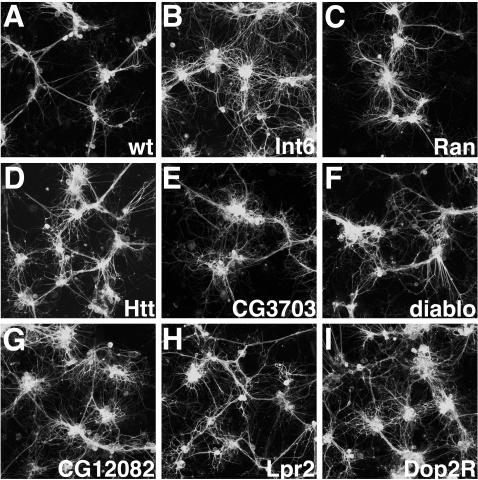Figure 3. Confocal micrographs of live GFP-labeled primary neural cultures treated with dsRNAs showing altered cell morphologies.
All cultures were grown on glass coverslips coated with poly-L-lysine. (A) Wild type (negative control). Wild type primary neurons in a mature culture show cell body clusters interconnected by well-fasciculated axon tracts. (B) Int6 transcription initiation factor knockdowns show extensive defasciculation. (C) Ran GTPase RNAi cultures have both excessive branching and defasciculation. (D) Huntingtin knockdowns show a moderate level of excessive branching. (E) Sec61α RNAi shows poor connectivity between cell clusters and highly branched, defasciculated neurons. (F) Diablo (cytoskeletal binding protein). Diablo knockdown leads to a primarily defasciculated phenotype. (G) CG12082 (novel gene) RNAi causes reduced connectivity between cel clusters, excessive branching and defasciculation. (H) Lpr2 LDL receptor knockdowns show excessive branching and defasciculation, yet with robust outgrowth. (I) Dopamine 2-like Receptor RNAi shows defasciculation.

